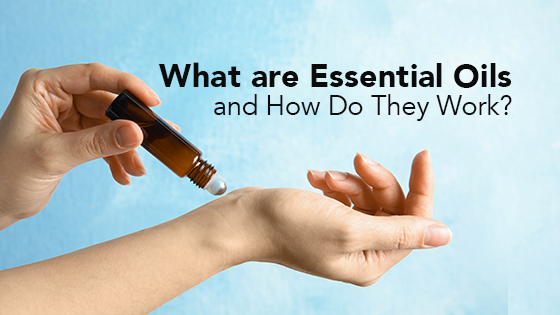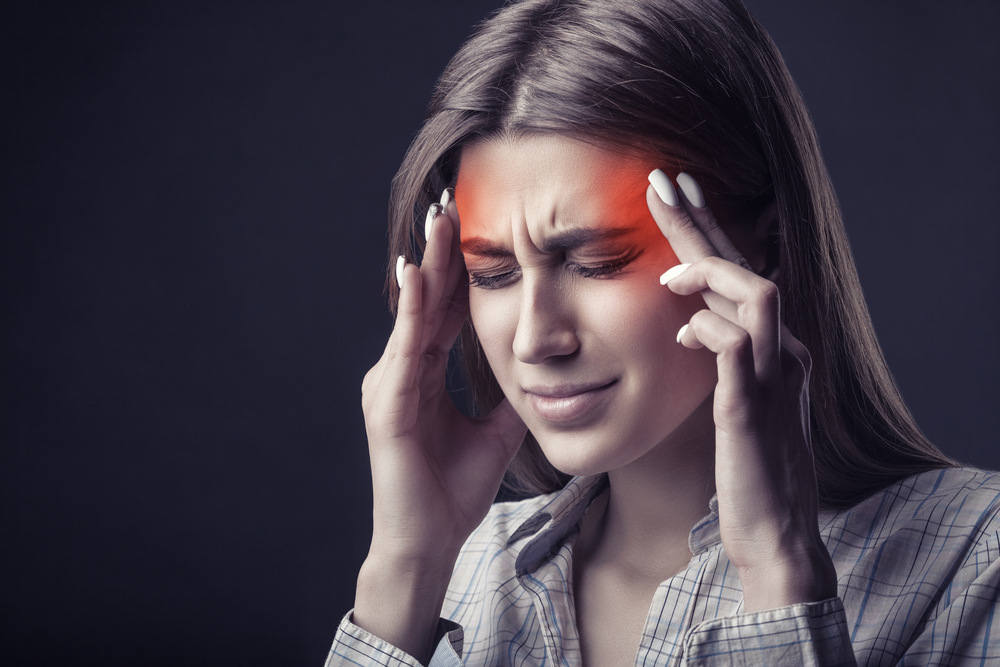In today’s society, everyone is looking for the next big innovation in healthcare that is organic, cost-effective, has healing properties, and is beneficial to your mental and physical health. Cue the rise of essential oils which you may have already been exposed to if you practice different forms of self-care and perhaps just didn’t realize it. Essential oils have become one of the most common forms of alternative medicine to support a person’s health and well-being because of their natural healing properties. Today we’re going to break down the important functions of these oils and how they work in skincare and cosmetics.
What Are Essential Oils?
Many plants feature natural compounds called “essential oils” which give the plant its scent and can be found in the root, stem, leaves, flowers, or fruit of a plant. Essential oils are a natural product that derives from a single plant species and is later distilled into oil. These natural chemical compounds extracted from plants through cold pressing techniques are combined with aromatic chemicals to create the product we know as essential oils.
These techniques are done through steam distillation, expression, and supercritical CO2 extraction, which can vary because the same plant can be extracted in several ways for different products. We always recommend researching and reading the ingredient label on the bottle because the authenticity, quality, and strength of the oil can be compromised in the production process.
What Are Essential Oils Used For?
Essential oils have several medicinal uses and are most commonly used in aromatherapy and modern medicine techniques. There are several ways people use essential oils such as relieving a migraine, easing stress, boosting mood, helping with nausea, and even repelling insects. Here are the top 4 ways that people commonly use these oils.
Essential Oils for Headaches
Lavender and peppermint are essential oil fragrances that are frequently used to alleviate migraines or tension headaches. Both of these oils work to calm and relax you during your discomfort and can be applied directly to the skin. Peppermint is known for helping curb tension-focused headaches and has been scientifically proven to have a similar effect to taking Tylenol.
Essential Oils for Allergies
Whether you experience seasonal allergies or find yourself allergic to specific flowers or plants, essential oils are a great alternative or complementary treatment for your symptoms. A few of the most common ways to use essential oils for allergies are through aromatherapy methods like diffusers, breathing them directly, using them in bath or spa products, and applying them directly to the skin.
Essential Oils for Skin
If you have been experiencing any skin issues and are looking for an alternative method to cure dry, oily, or acne-prone skin, essential oils might be a remedy for you. Oils can be used for multiple skincare concerns and naturally support a healthy inflammatory response which can boost your overall skin health. However, before using oil to treat any skin condition we recommend talking to a dermatologist first.
Essential Oils for Sleep
For people who experience insomnia or have trouble sleeping, essential oils can help alleviate sleep problems through the inhalation process. Typically inhaling essential oil molecules can activate the brain chemicals that control sleep. Lavender, cedarwood, and bergamot are great fragrances to incorporate into your sleep routine and can be used in the bath, directly on the skin, or by placing a few drops on your pillow before bedtime.
How Do Essential Oils Work?
Essential oils have a variety of uses but typically can be inhaled, diluted, or applied directly to the skin. They have the ability to stimulate your sense of smell or have medicinal effects to cure a number of symptoms when absorbed directly on the skin.
Aromatherapy & Diffuser Oils
Aromatherapy is one most popular ways to use essential oils because they can be applied directly to the skin, through a product like a diffuser, or in massage. Diffusers are a highly popular form of self-care that is used to bring wellness into the home through a specific fragrance. There are several types of diffusers on the market that are chosen based on their intensity and aesthetic properties for your space.
For example, you can pour your favorite oil into a chic reed diffuser bottle and pair it with a top to match the design of your home. An oil diffuser breaks down the oils into smaller molecules and then disperses them into the air, which can be calming or soothing based on the oil fragrance. Our bodies take in the scents by inhaling the tiny breathable particles and absorb the overall benefits of the fragrance.
Using Essentials Oils On Skin
Whether you’re looking to use an oil for skincare or in a massage, they have a variety of uses and benefits for the skin. You can combine and apply a mixture of oils to meet your skincare needs which can be applied with a rollerball blend that you can conveniently use at any time. Typically they can be used for tightness or muscular pain, and applied to pressure points like your temples or wrists.
We’ve also seen a massive boom in oils being incorporated into cosmetic products like toners, serums, muscle rubs, and hand soaps because of their anti-inflammatory, antibacterial, and antiviral properties.
What Are The Best Essential Oils?
With over a hundred oils to choose from with their own unique scents and healing properties, you may be wondering what fragrance you should start with and why. We’ve compiled a few of the best essential oils and their overall functions to help you identify what the best blends are for you based on your needs.
Citrus
These are light and fruity scents that are described as tangy, clean, vibrant, and mentally and emotionally uplifting.
- Lemongrass
- Orange
- Vanilla
Floral
These are reminiscent of flowers and are described as feminine, romantic, timeless, comforting, and sleep-inducing.
- Jasmine
- Lavender
- Rose
Herbaceous
These often have the smell of grass or smelling green and can be emotionally balancing, calming, encouraging.
- Eucalyptus
- Rosemary
Whatever your desired usage or scent, there’s likely an essential oil out there to use for your product line & brand. Don’t be afraid to experiment with these scents & always be sure to package your essential oil products in a way that makes them stand out from the competition.



